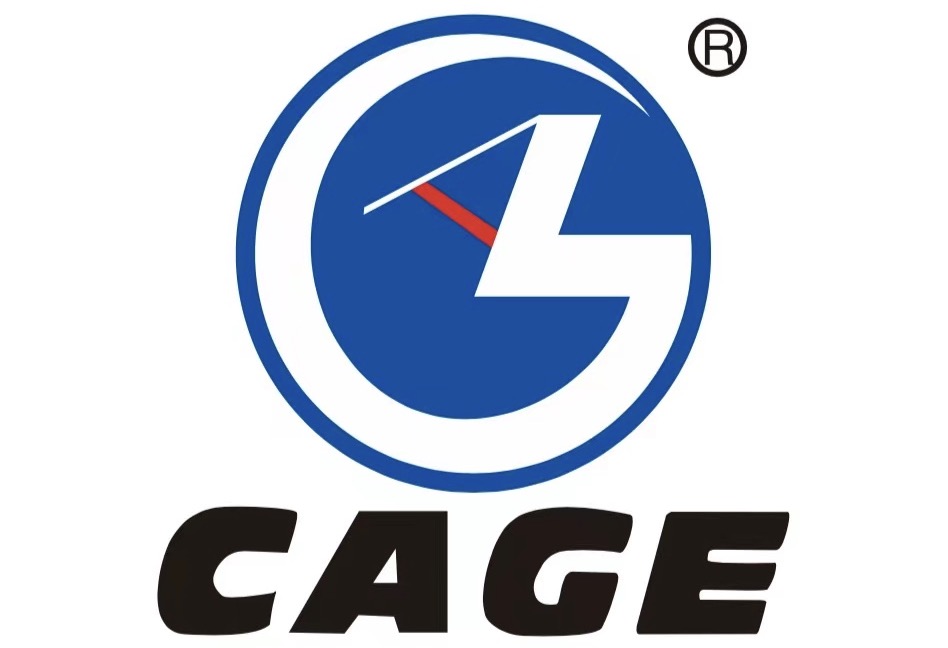Vacuum interrupters ensure safe power distribution, but their lifespan depends on usage. Let me share proven strategies to maximize their operational life and reduce failure risks.
Regular maintenance, avoiding overloading, and selecting quality-certified components extend vacuum interrupter life. Proper installation and environmental controls prevent premature aging.
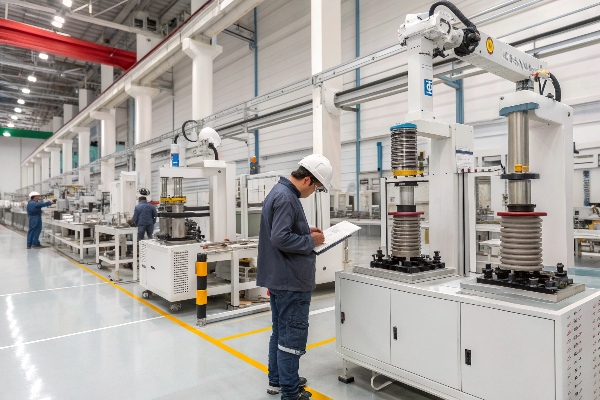
Understanding key factors affecting vacuum interrupters helps optimize their performance. Let’s explore critical questions about their lifespan, maintenance, and design.
What Is the Life Expectancy of a Vacuum Circuit Breaker?
Aging infrastructure and harsh conditions threaten circuit breaker reliability. How long can you expect your equipment to last?
Properly maintained vacuum circuit breakers typically last 20–30 years. Lifespan depends on operational cycles, load conditions, and adherence to manufacturer guidelines1.
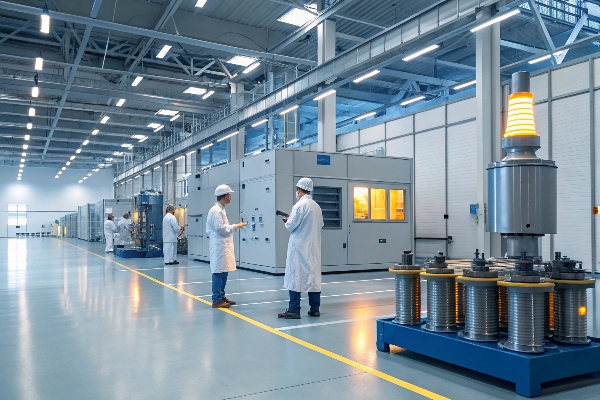
Factors Influencing Longevity
- Operational Frequency:
Breakers in high-traffic substations require more frequent inspections. - Environmental Stress:
Mining or marine environments accelerate corrosion2.
| Factor | Impact | Mitigation |
|---|---|---|
| Electrical load | Overloading degrades contacts | Monitor current levels |
| Ambient temperature | Extreme heat weakens insulation | Install cooling systems |
| Mechanical wear | Hinges/springs deteriorate | Lubricate moving parts annually |
Certification Standards
Quality-certified interrupters (e.g., IEC 62271) outlast generic models by 40%1. Always request high-voltage test reports from suppliers.
How to Maintenance a VCB Breaker?
Neglected VCBs risk catastrophic failures. What steps ensure reliable performance?
Conduct biannual inspections: test vacuum pressure, clean contacts, and calibrate trip settings. Replace worn components immediately3.
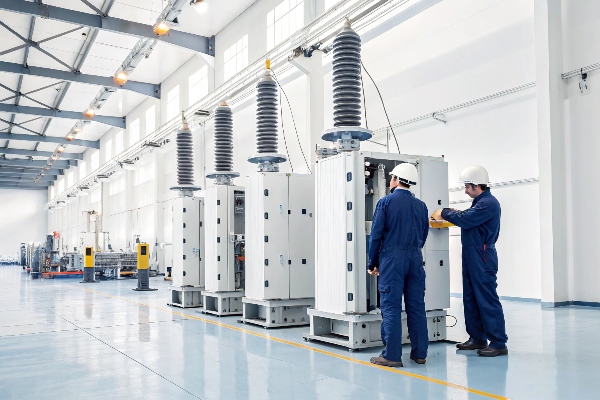
Step-by-Step Maintenance
- Vacuum Integrity Test:
Use a magnetron gauge to detect leaks. Pressure below 10^-4 Pa ensures arc suppression3. - Contact Resistance Check:
Measure with a micro-ohmmeter. Values above 50µΩ indicate erosion. - Mechanical Lubrication:
Apply silicone-based grease to linkages to prevent jamming.
Common Oversights
- Skipping thermal imaging scans for hotspots.
- Using non-OEM replacement parts.
What Is the Most Serious Problem in a Vacuum Circuit Breaker?
Even robust VCBs face critical vulnerabilities. Which issue demands urgent attention?
Vacuum leakage is the primary failure cause, leading to insulation breakdown and arcing. Regular pressure checks reduce this risk34.
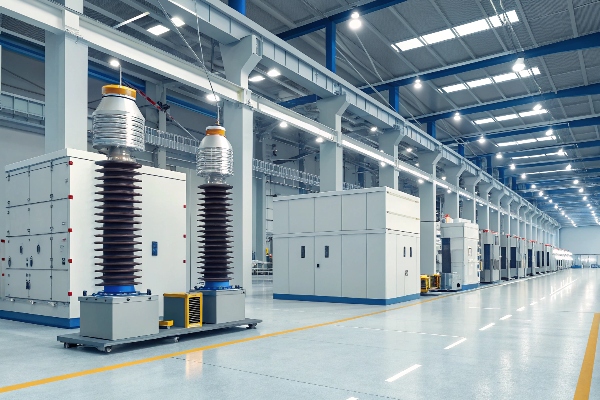
Root Causes of Vacuum Loss
- Micro-cracks: Caused by thermal cycling in interrupters1.
- Seal Degradation: Aging elastomers allow air ingress.
Field Test Methods
- Hi-pot Test: Apply 30kV DC to identify insulation flaws.
- Ultrasonic Monitoring: Detect partial discharges from weak seals.
What Is the Difference Between a Vacuum Circuit Breaker and a Vacuum Interrupter?
Confusing these components leads to procurement errors. How do they differ?
A vacuum interrupter is the arc-quenching core inside a circuit breaker. The breaker includes additional mechanisms like springs and control circuits5.

Functional Breakdown
| Component | Role | Key Parts |
|---|---|---|
| Vacuum interrupter | Extinguishes arcs | Contacts, shields, envelope |
| Circuit breaker | Manages overall switching | Operating mechanism, sensors |
Compatibility Considerations
- Interrupters are customized for voltage ratings (e.g., 12kV–40.5kV)5.
- Breaker compatibility depends on pole geometry and mounting style.
Conclusion
Extend vacuum interrupter life through rigorous maintenance, quality components, and environmental controls. Address leaks promptly and prioritize certified suppliers.
